 Does this sound familiar? “The Open Water Diver course is designed to prepare students to plan and make no-decompression dives with a qualified buddy — independent of supervision — in conditions similar to those in which they were trained.” Odds are this statement, or one very much like it, will be the first paragraph that appears in your Instructor Manual under Open Water Diver Course. And I’m here to tell you it’s bullshit.
Does this sound familiar? “The Open Water Diver course is designed to prepare students to plan and make no-decompression dives with a qualified buddy — independent of supervision — in conditions similar to those in which they were trained.” Odds are this statement, or one very much like it, will be the first paragraph that appears in your Instructor Manual under Open Water Diver Course. And I’m here to tell you it’s bullshit.
Okay, as things currently stand, I don’t expect the major training agencies to change this any time soon. In fact, they need to have a statement like this in place to afford themselves important liability protection. This doesn’t mean, however, that those of us who actually teach need to be giving our newly certified divers the idea that they and a similarly unqualified buddy are anywhere near ready to go off and dive totally on their own. That’s a formula for disaster.
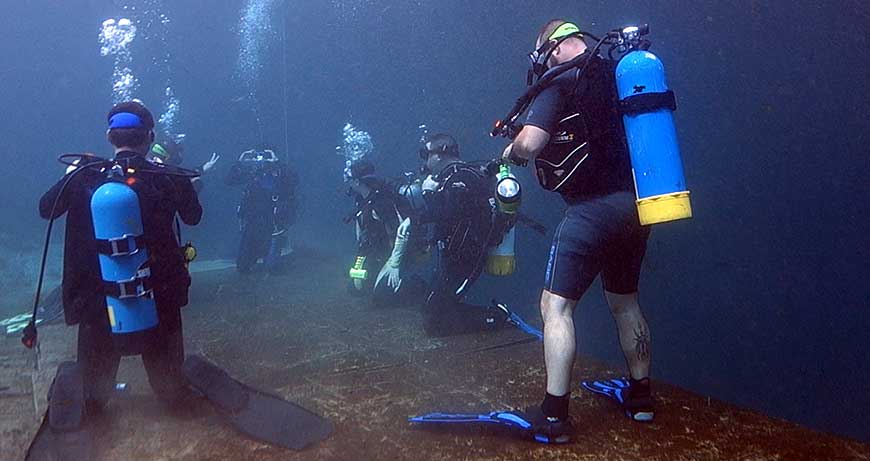
So why am I saying this?
- Is it because I’ve trained and certified over 2,000 divers and instructors over the past 40 years? Nope.
- Is it because I’ve worked at the international headquarters of four major training agencies and written materials for two others? Hardly — in fact, that’s probably the least meaningful qualification I have.
- Is it because I’m a cave instructor and past Training Chairman of the NSS-CDS? Cave divers know and can do a lot of things, but when it comes to teaching beginners, they are often clueless.
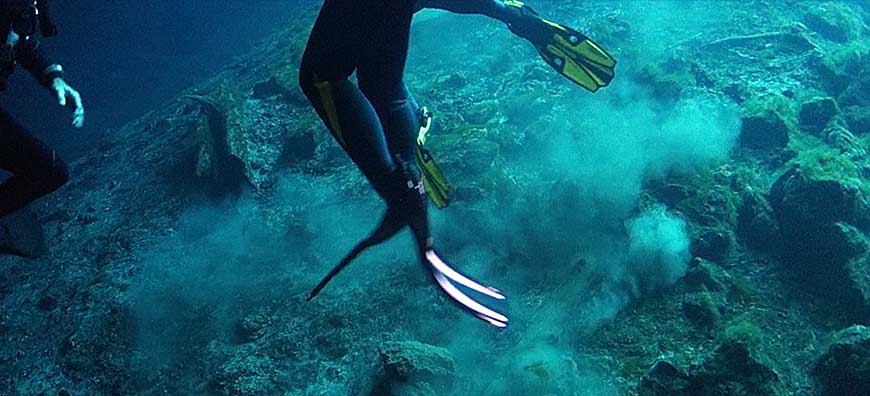
So what makes me think I can get away with making a statement like this? It’s two things, actually:
- The fact I’ve spent nearly a quarter of my 40-year career captaining and crewing dive boats in the Caribbean, Florida, Mid-Atlantic, California and Hawaii, and in the process have taken out over 10,000 typical divers in a variety of conditions. Seeing divers under these circumstances exposes you to things their instructors never imagined.
- Coupled with this is the fact I’ve also spent considerable time observing entry-level, advanced and leadership-level training in locations ranging from the Midwest, Mid-Atlantic, Florida, the Caribbean, California and the central Pacific. And by this I mean hundreds of classes.
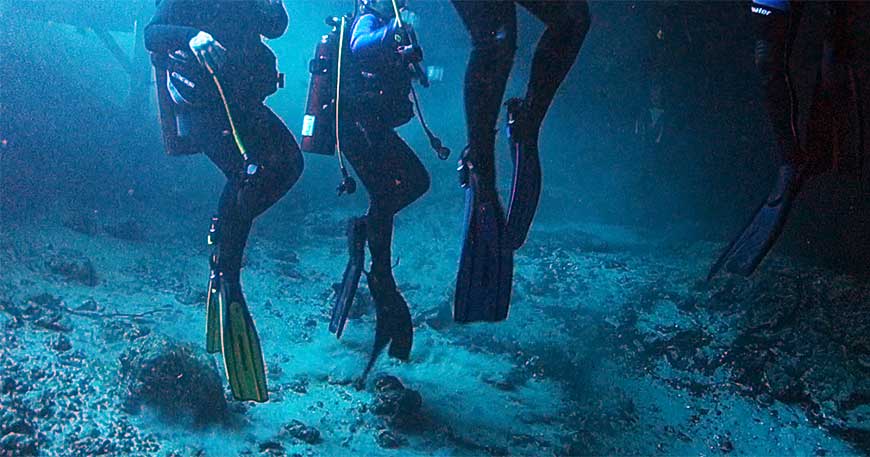
So what is it I’ve seen during all the beginning classes I’ve observed?
- To start, the entry-level open-water training “dives” I’ve seen, for the most part, aren’t really dives at all, but rather exercises during which students spend the majority of their time sitting on the bottom, waiting for the opportunity to perform yet another “skill” (kind of like trained seals — except that the seals are better prepared).
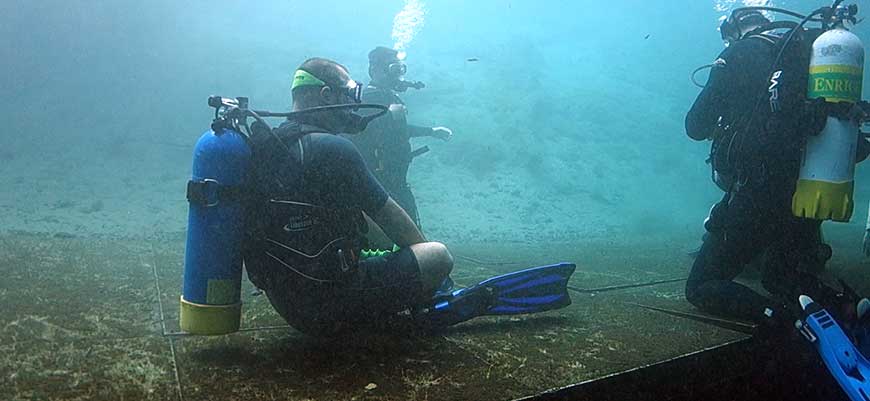
- For the most part, students are led around like cattle, never actually having the opportunity to plan and make a dive in which they are in the lead. Things you generally won’t hear instructors say include, “Tell me your dive plan,” “Whose turn is it to lead this dive?” and “Who will take responsibility for getting us back to the exit?
- And even though most instructors do a good job of briefing the skills to be covered on each dive, they generally do not address normal dive plan parameters such as planned and maximum depth, planned and maximum bottom time, and turnaround pressure.
I remember one class I observed, in particular, back in 2004. This took place in the same rock quarry I started teaching in over 40 years ago. Over the course of not four, but five open-water dives, the students did nothing more than swim on the surface to a buoy, descend to a platform, wait in the cold for their turn to do the next skill, then ascend and swim back to shore.
Finally, at the end of the last training “dive,” there was five minutes left over during which the students could finally get off the platform and be taken on a swim. It was at this point that the instructor discovered that none of his students had any control over buoyancy. (How could they? They never got to do anything other than fin pivots.) Yet they all went home with certification cards.
Students who have never planned an actual dive, taken the lead under water or navigated their way back to a starting point have no business being told they are ready to “dive independently of supervision.” And yet that is what we, as an industry, have been telling students since the 1960s.
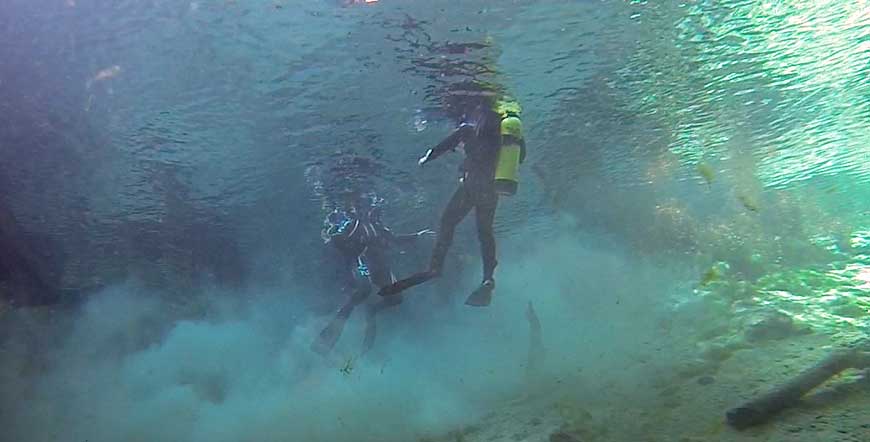
So what should we be telling students?
If we want to provide new divers with a safer and more realistic perspective on the meaning of certification, we need to tell them something like this.
- Newly certified divers are generally not ready to dive independent of leadership-level supervision. Until they complete some sort of intermediate-level training (i.e., Advanced Open Water) or gain equivalent experience, new divers are better off diving under direct Instructor, AI or Divemaster supervision, such as is typical at a lot of dive resorts.
- Once they have gained a half dozen or so dives past Open Water, whether through additional training or supervised experience, divers and their buddies may be ready to dive independent of supervision at popular local dive sites or from dive boats. The key here is that there are other divers — including those with leadership-level certification — readily available to help should something go wrong.
- Only when divers have completed formal Rescue Diver training and logged 20 or more dives should a diver and his buddy even consider diving somewhere where there is no one else who can provide emergency assistance. Even then, they should think carefully before doing so.
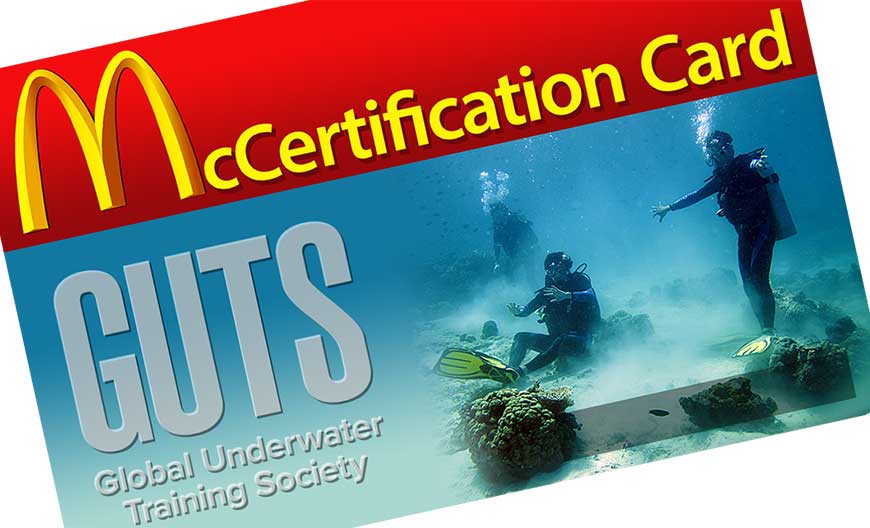
Mind you, I don’t think we need to go out and write a bunch of new rules (we have too many of those as it is). What we do need to do is think carefully about the expectations we create in the minds of new divers and give them more realistic limits to stay within.
We should also create the understanding that, even though you may initially receive a card that is a glorified learner’s permit, you are not truly certified until you complete some sort of Advanced, Nitrox and Rescue Diver training. That should be the new definition of “certified diver.”
